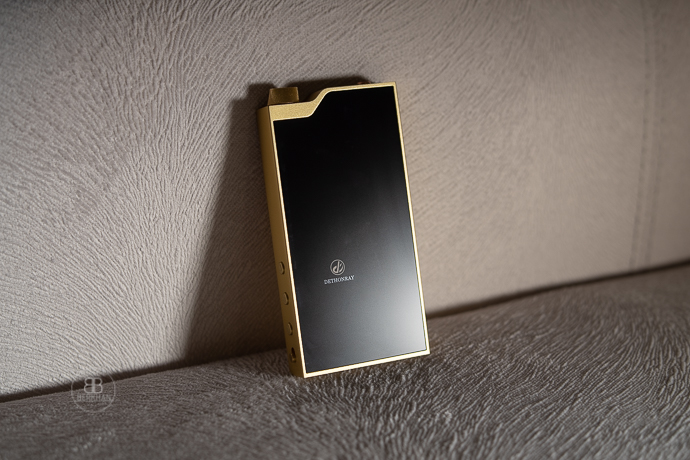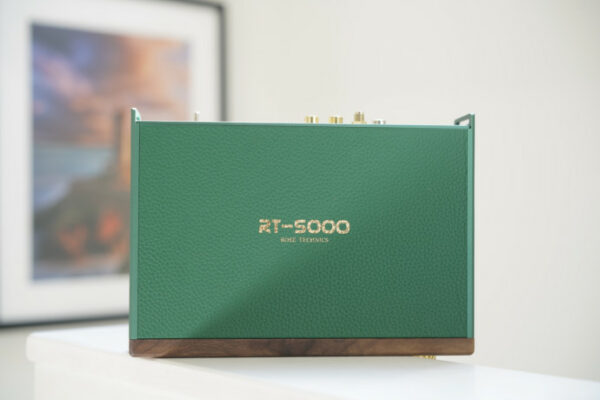Sound Quality
The Dethonray Pegasus SG1 Gold is a very smooth and neutral-sounding device with good technicalities for a Bluetooth DAC. The sound quality you get from this wireless solution is impressive. It’s mostly linear with a mid-range emphasis and slight warmth, but it sounds very natural, musical and lively at the same time. It has that certain musical quality with very good tonality.
On top of that, the Gold Version puts more to the table with better dynamism, contrast, and transients. It also has better micro details and better separation/soundstage in my opinion. So it seems Anson has perfected his wireless creation.
Sure, it has its drawbacks and it’s by no means a high-end DAP replacement. But if you like to stream music from several platforms and if you’re usually on the move, you can get a very impressive sound from the SG1 Gold.
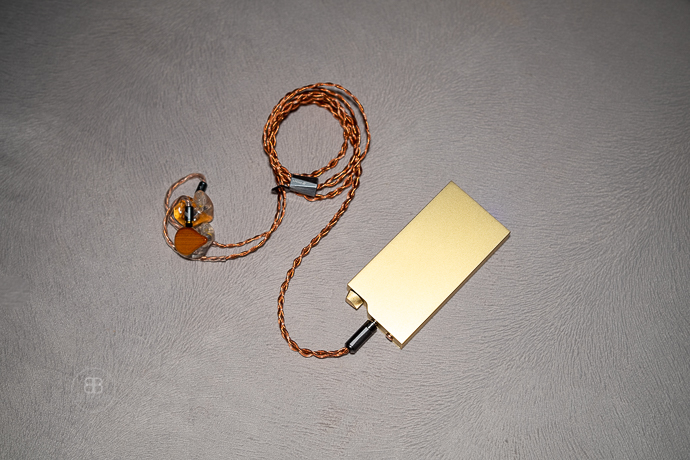
Bass
The bass has moderate/good impact and rumble. It has good resolution with a good kick to make you tap your feet, but the bass is nowhere near a rumbling and hard-hitting one. It does have good warmth in terms of midbass. Yet, it brings a certain flatness to the music and that creates a neutral-like listening experience. There’s not much colouration here, unexpected from a BT DAC. Also, the bass is not quite super tight as some other higher-end USB DAC/Amps, possibly because of the wireless connection.
However, the gold version is slightly better in terms of bass texture and fullness. The emptiness in the bass region is not that apparent with the special edition model, although it doesn’t solve the problem completely. So you can hear the bass but can’t completely feel it, there’s a certain emptiness or hollowness in the lower region with certain recordings. This happens with lots of Bluetooth DACs so I’m not that surprised. The SG1 performs better in that department, however, and the good thing about the SG1 is that the bass is not splashy at all. It doesn’t overshadow anything or get in the way. It’s tight and controlled.
It doesn’t sound boomy whatsoever, but it’s not as super tight as good USB DAC/Amps. So there’s a slight compromise here for sure. It certainly doesn’t wow you with the texture and impact, as well as the body, but it has good resolution and definition. Yet, I can hear the tightness improved with the special version, sounding more clean with better decay and quickness.
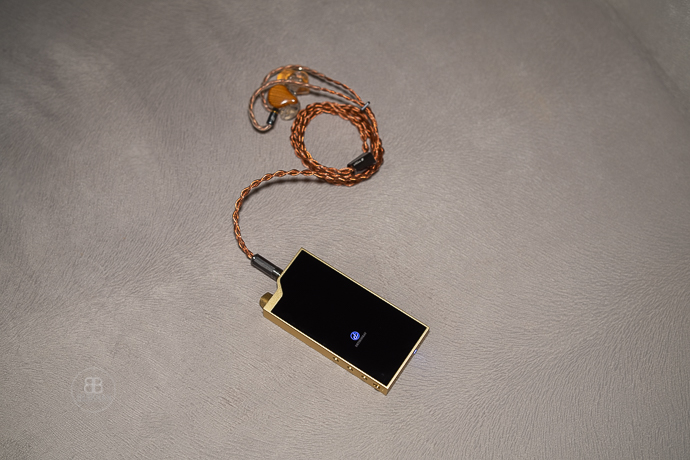
Mids
The mid-range is the best part of the Pegasus SG1 Gold. It’s clean, resolving, and a bit forward with great tonality and fullness. The SG1 pushes the vocals forward, so if you enjoy vocal-oriented music you’ll like it. The transparency is quite remarkable for a wireless DAC. The instrument separation is also nice and improved over the standard model. It surely has a good resolution in this part, with better spaciousness than the standard SG1, although again not on the same level as high-end wired DACs or DAPs. The mids have a heart-touching timbre tough, and overall the vocals and the instruments are lively with an organic and warm approach. I found the vocals especially good.
The mids are a bit close and they’re in front of the stage with the standard model. The gold version, although having a similar trait, has better spacing and layering to my ears. Mids also have a good body and they’re full sounding. There’s good musicality with a breathy instrument presentation. The mids are also quite dynamic and lively. If you like to have your mid-range with a certain focus and definition, the SG1 is a very good DAC. You shouldn’t expect a great detail level, resolution and transparency here. There are better DACs out there for those technicalities, but in its own terms, the SG1 does a good job.
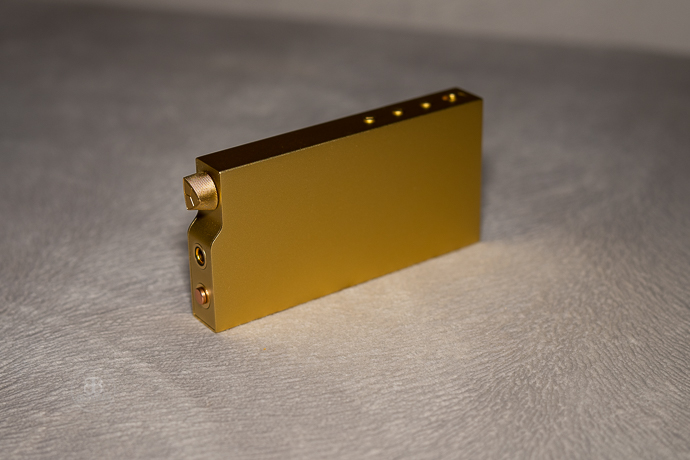
Treble
The treble is nicely attenuated and extended, without being harsh and aggressive. I’m impressed by the treble performance from the SG1, as most BT solutions suffer from roll-off or veil in this particular range. However, SG1 does not suffer in that department. When you listen to a good recording with the LDAC codec, the treble is clean, extended and well-articulated for a wireless DAC.
The transparency is quite good, and the detail level is satisfying. This is a very smooth yet detailed treble, which is very pleasing, particularly with mid-fi gear. The SG1 has good micro detail performance and this is mostly felt in the treble region. Overall, the treble performance is very good. Once you start to listen to it over long periods, you appreciate this treble performance even more thanks to its consistency, transparency, and definition.
Technical Performance
The great thing about the Honey SG1 is that it doesn’t have the drawbacks of other wireless portable DACs. The background is relatively dark, and the instruments sound with good texture, dynamism, and transparency. And the great part is all of those traits are slightly improved. The tonality is very realistic and the mid-range transparency is surprisingly good for a BT DAC. The overall definition and dynamism are nicely done. The bass texture and quickness could be better, but it’s still very good and most importantly it’s tight enough to give good space and air to the mid-range.
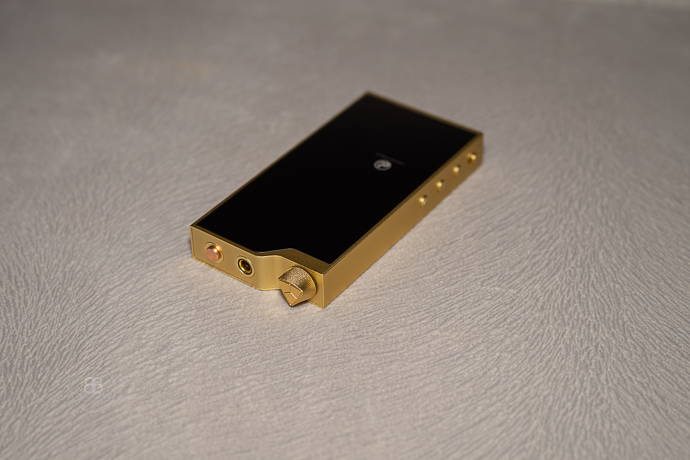
The soundstage was not very wide with the SG1. One of the biggest differences with the gold version is the soundstage in my opinion. It’s larger and deeper, offering more air and spaciousness. The mid-range is not that much in your face, the treble sounds more articulated and the bass has good quality and doesn’t cramp the stage in any way.
This is not the widest-sounding equipment of course, and I recommend pairing it with wide-sounding IEMs and headphones, but it’s still very impressive for a wireless unit. I found the stage depth to be fairly good, as it has a good layering performance.
One of the most surprising things about the SG1 Gold is the instrument separation. It manages to showcase a level of separation that you actually find with wired USB DAC/Amps. The gold version is simply a wonder in that regard.
Power-wise this gold version is seriously powerful. You need to have a 4.4mm terminated cable of course, as the 3.5mm doesn’t work with this version. However, it manages to drive my Hifiman Arya Stealth and Sennheiser HD800S without issues. Once you flick the switch to high gain, you have great power. A very impressive display of performance from such a small unit.
For sensitive IEMs, there’s no problem either. Anson released this device to perform better and more powerfully for full-size cans, but I can easily say that it works like a charm with IEMs, on low gain.





